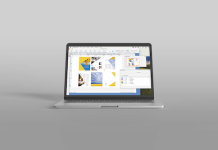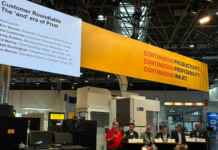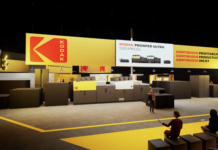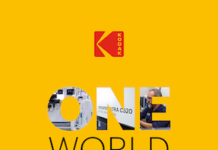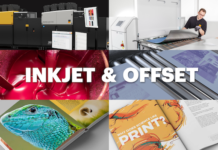Kodak has expanded its portfolio of eco-conscious newspaper printing plates at WAN-IFRA 2012 with the launch of the Kodak ThermalNews PT Digital Plate, the only processed newspaper plate that eliminates the preheat steps in processing.
The plate lets printers skip the preheat and prewash steps in processing, saving both energy and water. The plate is capable of the same performance as Kodak ThermalNews Gold Digital Plates, so printers can reduce cost and environmental impact without sacrificing run length capability or print quality. Additionally, printers have the option of keeping the preheat and prewash steps for significantly longer run lengths, up to 350000 impressions.
The plate also delivers excellent resolution through 36-micron stochastic screening. This opens up new printing opportunities for newspapers, while clean processing and long developer life reduce maintenance and chemistry costs. By not having to wait for the preheat oven to start up, printers can see a significant overall reduction in plate production time and faster time to press.
They also have the opportunity to save energy by turning their processor off when it’s not in use, because they know they’ll be able to start up quickly when plates need to be made. In addition, the no preheat Kodak T-HDX Plate Processor has a very small footprint compared to preheat processors, letting newspapers fit more productivity into prepress. Customers who already own a preheat processor can just turn off the preheat and prewash functions to enjoy the lower costs and reduced environmental impact of the plate without making any additional investment.
The ThermalNews plate cuts the time and costs associated with getting runs on and off presses, while reducing energy consumption, said Philip Cullimore, Managing Director, Consumer and Commercial Businesses EAMER and Chairman Eastman Kodak Sarl. Customers are very excited about this new innovation in newspaper plates.
The plate reduces environmental impact via the elimination of preheat, water consumption reduction, low chemistry consumption and smaller processing footprint while maintaining or improving the benefits of robustness and speed.



